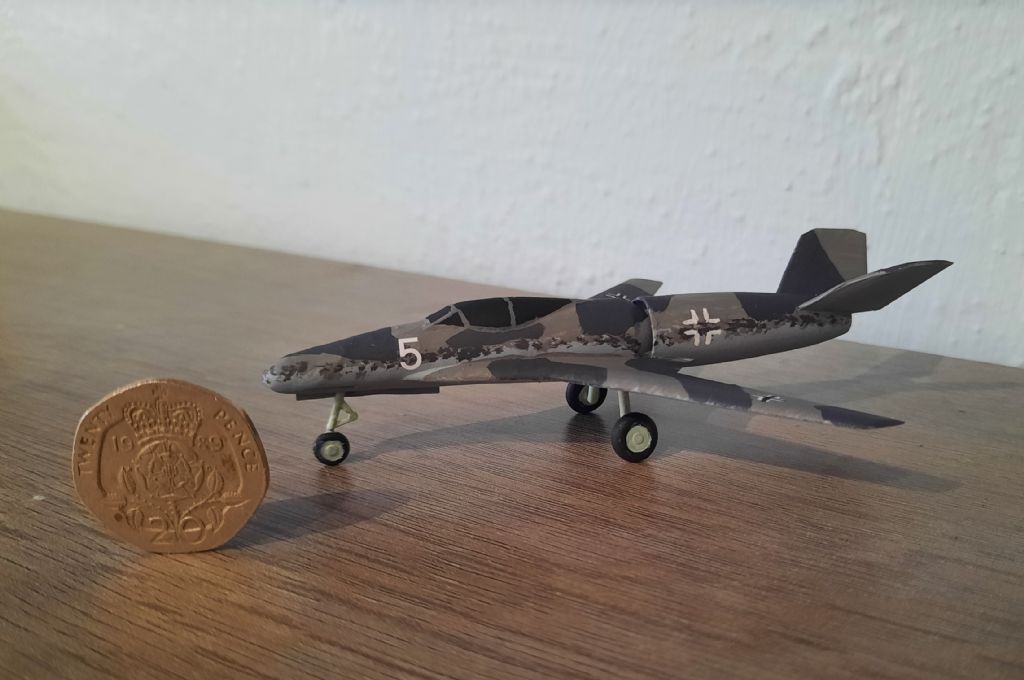I recently took part in a study to compare a few different additive manufacturing techniques with the aim to finding the best solution for prototyping injection moulded mechanism parts – The result just proved what we already knew and had been doing for years…STL
The output of FDM is well documented now and didnt score highly in this exercise. Visible steps and lack of ability to print fine detail meant some of the parts were not usable. I have an Ultimaker at home so was not surprised by the result however I was pleasantly surprised at how good the Ultimaker prints compared to the more industrial machines….very much user dependant!
By far the most usable was STL. These produced smooth parts with an accuracy or ~0.1mm which is in the ball park of injection moulding. The parts went together well and the job was done. Even parts done on the desktop Formlabs machine gave good results. The tough resin produced good functional parts for some of the wearable parts we were looking at.
I purchased my Ultimaker for strong functional parts for model aircraft but for model engineering and scale detail I would go with STL, probably a Formlabs machine – as seen in the Hornby series on TV.
I heard that changing resin and clean up of the machine is a pain? how practical is it to do a single small print compared to FDM.
Obviously the material is sensitive to UV so how well does it perform outdoors all day? assuming painting helps here? I currently outsource all my STL prints for work and have been advised to not leave them by the window for more than a few hours as this will degrade properties.
Lost wax prints are very popular at the moment and outsourcing 3D prints is expensive because the process is slow and raw material costs are high so printing your own pattern may save money but we should not forget the casting knowledge required to produce a good pattern so some level of learning should be expected before receiving wonderful usable lost wax castings – probably scope for another article!
CHAS LIPSCOMBE.








